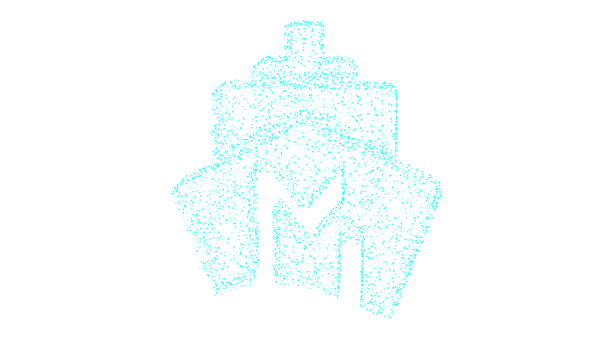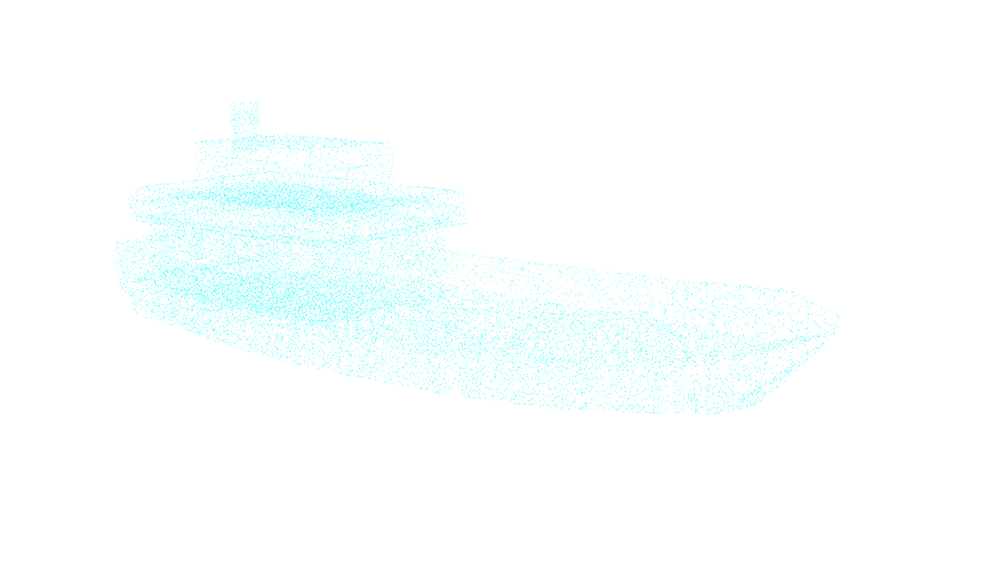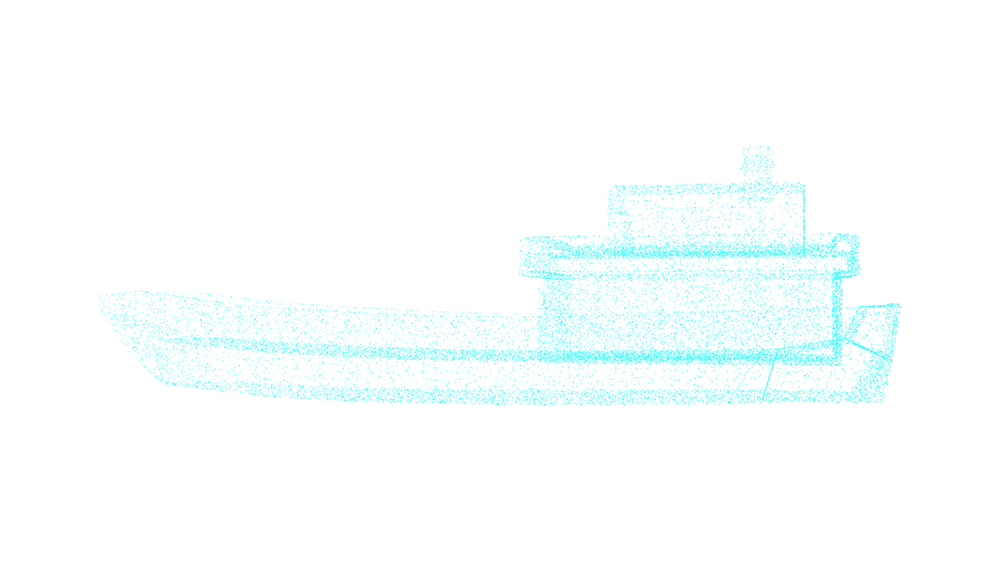IoT Sensors for monitoring engineering structures
Provide real-time monitoring of the possible pressure of the vessel to the quay-wall\fenders, conditions of engineering structures of the berth, identify any dangerous cases and send an alarm to the user.







































 1
1
 1
1
 1
1
 1
1


